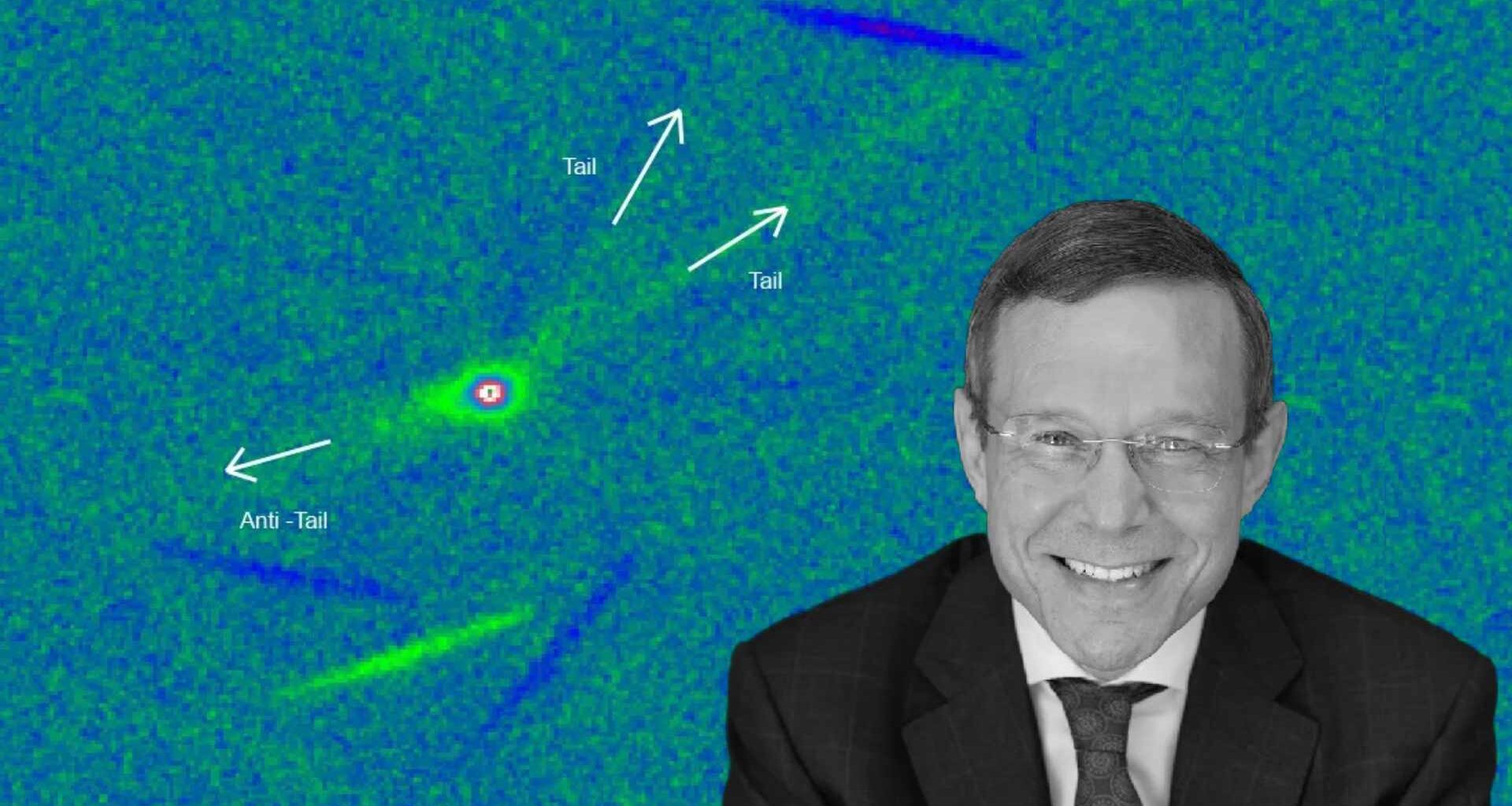Harvard astrophysicist Prof. Avi Loeb has further expanded his list of anomalies spotted on 3I/ATLAS, the third-ever observed interstellar interloper to cruise through the solar system. His list now encompasses 12 anomalies in 3I/ATLAS.
Larger than the previous visitors, 1I/Oumuamua (2017) and 2I/Borisov (2019), the 3I/ATLAS, was discovered on July 1, 2025 by the Asteroid Terrestrial-Impact Last Alert System (ATLAS), the interstellar object came closest to the sun on October 29, and is now on its way back out of the solar system. It will cruise closest to Earth on December 19 when it will be 170 million miles (or 270 million kilometers), which is about 1.8 astronomical units (AU) from the planet blue.
The comet’s unconventional behavior, including its trajectory, its post-perihelion color changes, and its chemical composition, among other properties, has baffled the lay and the scientists alike. A few researchers, like Avi Loeb, speculate with a grain of salt that the comet could be of technological origin from beyond. However, nothing can be asserted conclusively except to jot down its bizarre features.
Here are the 12 anomalies Avi Loeb described in his blog
12. Its tightly collimated jets maintain orientation across a million kilometers in multiple directions relative to the Sun despite its measured rotation.
11. Near perihelion it exhibits non-gravitational acceleration, which requires massive evaporation of at least 13% of its mass, whereas preliminary images indicate that the object maintained its integrity and did not break up.
10. It exhibits sunward and anti-solar jets which require an unreasonably large surface area in order to absorb enough sunlight needed to sublimate enough ice to feed the mass flux of these jets.
9. Near perihelion, it brightened faster than any known comet and was bluer than the Sun.
8. It arrived from a direction coincident with the radio “Wow! Signal” to within 9 degrees, with a likelihood of 0.6%.
7. It shows extreme negative polarization, unprecedented for all known comets, including 2I/Borisov, with a likelihood below 1%.
6. Its gas plume contains only 4% water by mass, a primary constituent of familiar comets.
5. Its gas plume contains much more nickel than iron (as found in industrially produced nickel alloys) and a nickel-to-cyanide ratio that is orders of magnitude larger than that of all known comets, including 2I/Borisov, with a likelihood below 1%.
4. Its arrival time was fine-tuned to bring it within tens of millions of kilometers from Mars, Venus and Jupiter and be unobservable from Earth at perihelion, with a likelihood of 0.005%.
3. Its nucleus is about a million times more massive than 1I/`Oumuamua and a thousand times more massive than 2I/Borisov, while moving faster than both, altogether with a likelihood of less than 0.1%.
2. During July and August, as well as in early November of 2025, it displayed a sunward jet (anti-tail) that is not an optical illusion from a geometric perspective, unlike familiar comets.
1. Its retrograde trajectory is aligned to within 5 degrees with the ecliptic plane of the planets around the Sun, with a likelihood of 0.2%.
Update and Position Of Interstellar Object (Watch)
See Also: 3I/ATLAS: First Ever Radio Signals Detected From Interstellar Comet? Here’s What It Means
In his concluding remark citing the 12th anomaly, Prof Avi Loeb quips
the apparent features might represent the evaporated trail of fragments that were ejected from the main nucleus. This would imply that the nucleus exploded near the Sun, in contrast to the single-object inference from the image obtained by D. Jewitt and J. Luu on November 11, 2025.
Or
A more speculative possibility is that the jets maintain their directionality because they are produced by technological thrusters which preserve global orientation for navigation purposes.
See Also: 3I/ATLAS Comet Live Tracking: Earth Approach Real-Time

